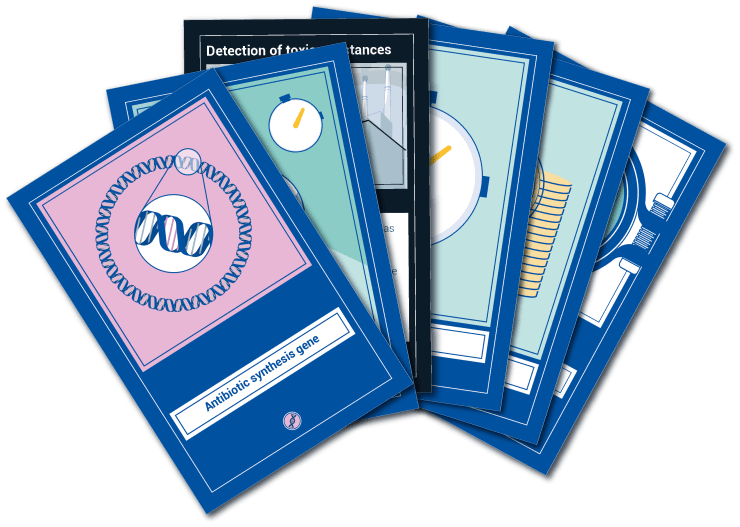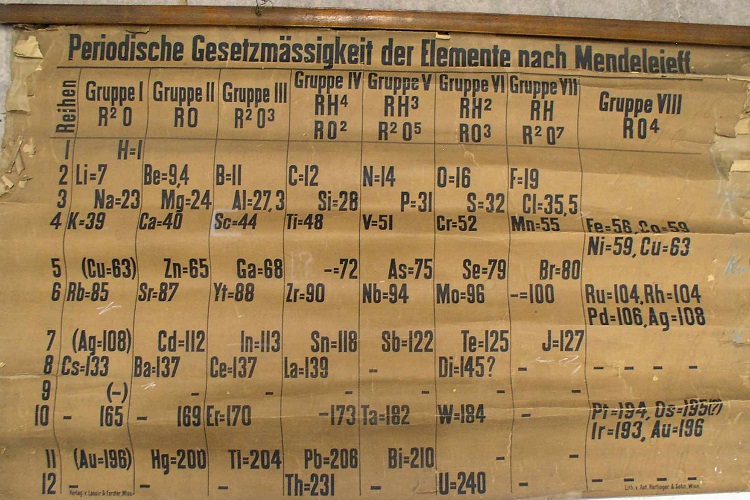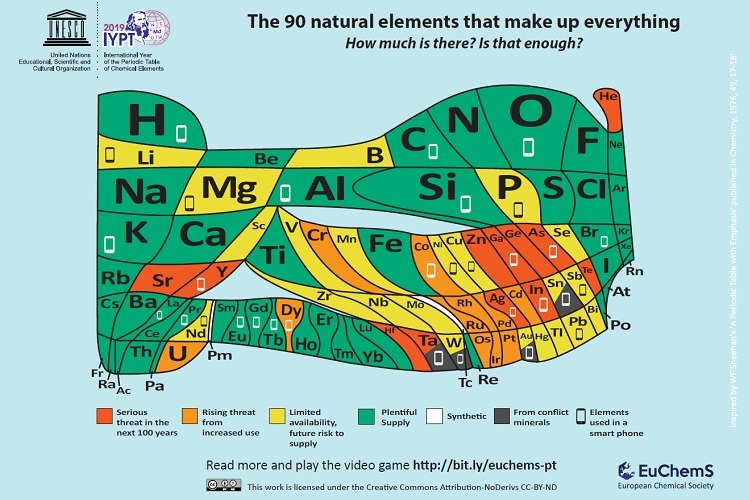It seems that I’m not the only one wondering if the European Union’s gamble (1B Euros paid out over 10 years through a research initiative known as the Graphene Flagship) will pay off. A January 25, 2021 news item on Nanowerk announced a study on that topic (Note: A link has been removed),
What happened to the promised applications of graphene and related materials? Thanks to initiatives like the European Union’s Graphene Flagship and heavy investments by leading industries, graphene manufacturing is mature enough to produce prototypes and some real-life niche applications. Now, researchers at Graphene Flagship partner The Fraunhofer Institute for Systems and Innovation Research (ISI) in Karlsruhe, Germany, have published two papers that roadmap the expected future mass introduction of graphene and related materials in the market.
…
The January 25, 2021 Graphene Flagship press release (also on EurekAlert), which originated the news item, suggests the gamble will pay off,
Back in 2004, graphene was made by peeling off atomically thin layers from a graphite block. Now, thanks to the advances pioneered by the Graphene Flagship, among others, we can produce high quantities of graphene with a reliable and reproducible quality. Furthermore, the Graphene Flagship has driven the discovery of thousands of layered materials, complementary to graphene in properties and applications, and has spearheaded efforts to standardise the fabrication of graphene to ensure consistency and trustworthiness.
The new publications by Graphene Flagship researchers at Fraunhofer ISI, just issued by IOP Publishing’s journal 2D Materials, review the latest outcomes of the Technology and Innovation Roadmap, a process that explores the different pathways towards industrialisation and commercialisation of graphene and related materials. In particular, these articles summarise the impact that graphene and related materials will have transforming the manufacturing process and triggering the emergence of new value chains.
“Our final goal is seeing graphene and related materials fully integrated in day-to-day products and manufacturing,” says Henning Döscher from Graphene Flagship partner Fraunhofer ISI, who leads the Graphene Flagship Roadmap Team. “We are continuously analysing scientific and technological advances in the field as well as their capacity to fulfil future industrial needs. Our first Graphene Roadmap Brief articles summarise some of the most exciting results,” he adds. “Graphene and related materials add value throughout the value chain, from enhancing and enabling new materials to improving individual components and, eventually, end products.” The most immediate applications of graphene, such as composites, inks and coatings are already commercially available, as highlighted by the Graphene Flagship product gallery. The industry will soon be ready to absorb and implement the latest innovations and start manufacturing batteries, solar panels, electronics, photonic and communication devices and medical technologies.
“The market demand for graphene has almost quadrupled in the last two years,” explains Thomas Reiss from Graphene Flagship partner Fraunhofer ISI, and co-leader of the roadmap endeavour. “By strengthening standards and creating tailored high-quality materials, we expect to go beyond niche products and applications to broad market penetration by 2025,” he adds. “Then, graphene could be incorporated in ubiquitous commodities such as tyres, batteries and electronics.”
The dawning decade seems decisive in the road to market of graphene and related materials. “By 2030 we will see if graphene is really as disruptive as silicon or steel,” says Döscher. “The Graphene Flagship has already shown that graphene is useful for numerous applications,” he adds. “Now, we need to ensure that Europe stays a leader in the field, to ensure we benefit from the economic and societal impact of developing such an innovation.”
Alexander Tzalenchuk, Graphene Flagship Leader for Industrialisation, says: “The publication of the Graphene Flagship Roadmap Briefs is a timely and welcome development for industries innovating with graphene and related materials. Improving trust and confidence in graphene-enabled products is a key prerequisite for industrial uptake. Informed by the market analysis and technology assessment of the Graphene Flagship Roadmap, this further contributes to our agenda providing expert validation of the characteristics of graphene and related materials, graphene-enhanced components, devices and systems, by developing consensus-based and accepted international standards.”
Kari Hjelt, Head of Innovation of the Graphene Flagship, adds: “We see a strong increased interest in graphene by several branches of industry as witnessed by the eleven Spearhead Projects of the Graphene Flagship, all led by industry partners. The first mass applications pave the way to emerging high value-added areas in electronics and biomedical applications. In the near future, we will start to witness the transformative power of graphene in many industries. The updates from the Technology and Innovation Roadmap team sheds light on the road ahead for both research and industrial communities alike.”
It’s hard not to notice that those with the most to gain (Graphene Flagship) are claiming success. That said, the two roadmap briefs are being made freely available and I imagine knowledgeable parties will be happy to offer critiques,
Graphene Roadmap Briefs (No. 1): Innovation interfaces of the Graphene Flagship by Henning Döscher and Thomas Reiß. 2D Materials, Volume 8 DOI: https://iopscience.iop.org/article/10.1088/2053-1583/abddcc Accepted Manuscript online 20 January 2021 • © 2020 IOP Publishing Ltd
Graphene Roadmap Briefs (No. 2): Industrialization status and prospects 2020 by Henning Döscher, Thomas Schmaltz, Christoph Neef, Axel Thielmann, and Thomas Reiß. 2D Materials, Volume 8; DOI: https://iopscience.iop.org/article/10.1088/2053-1583/abddcd Accepted Manuscript online 20 January 2021 • © 2020 IOP Publishing Ltd
Both of these papers are open access.



